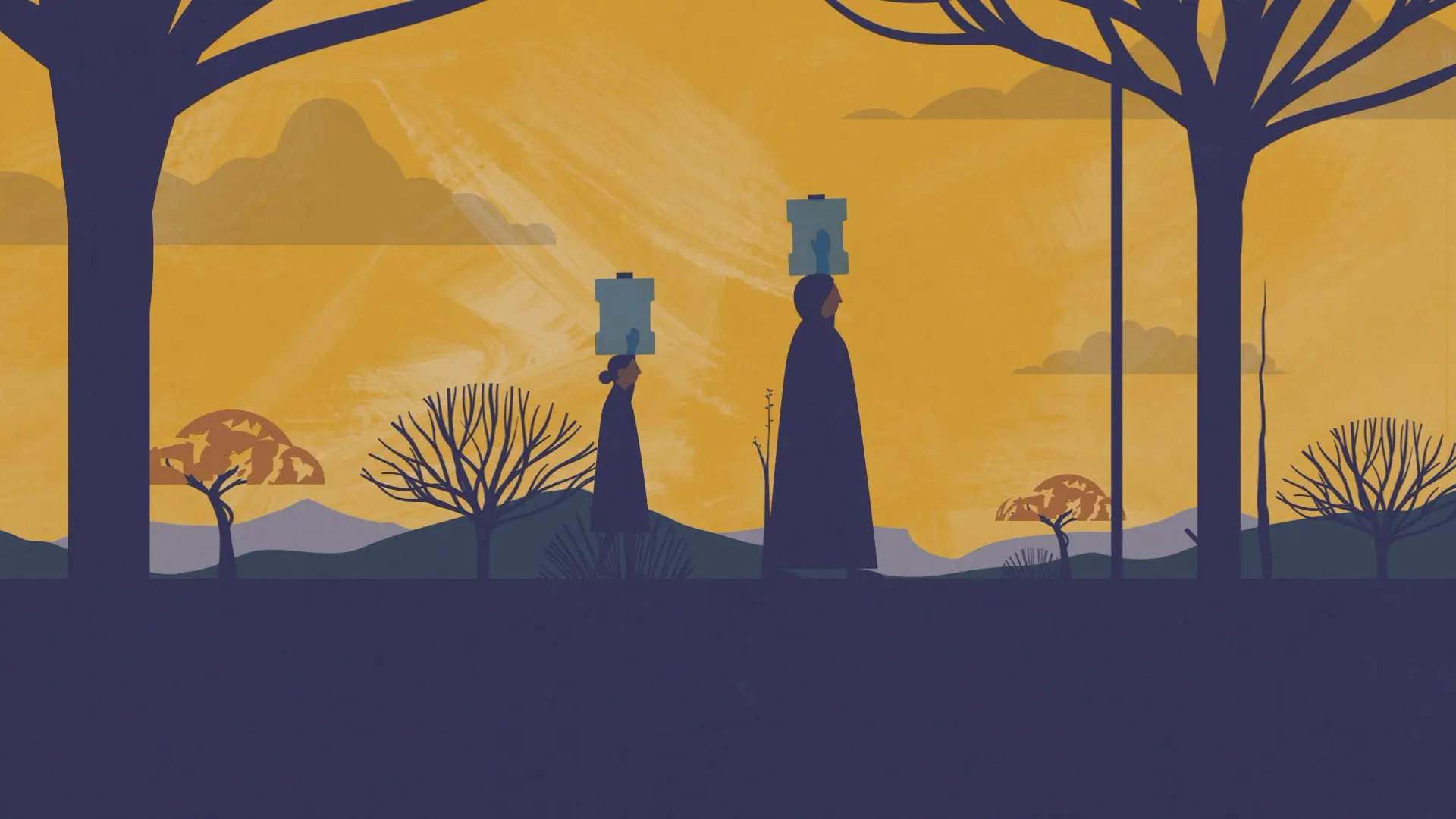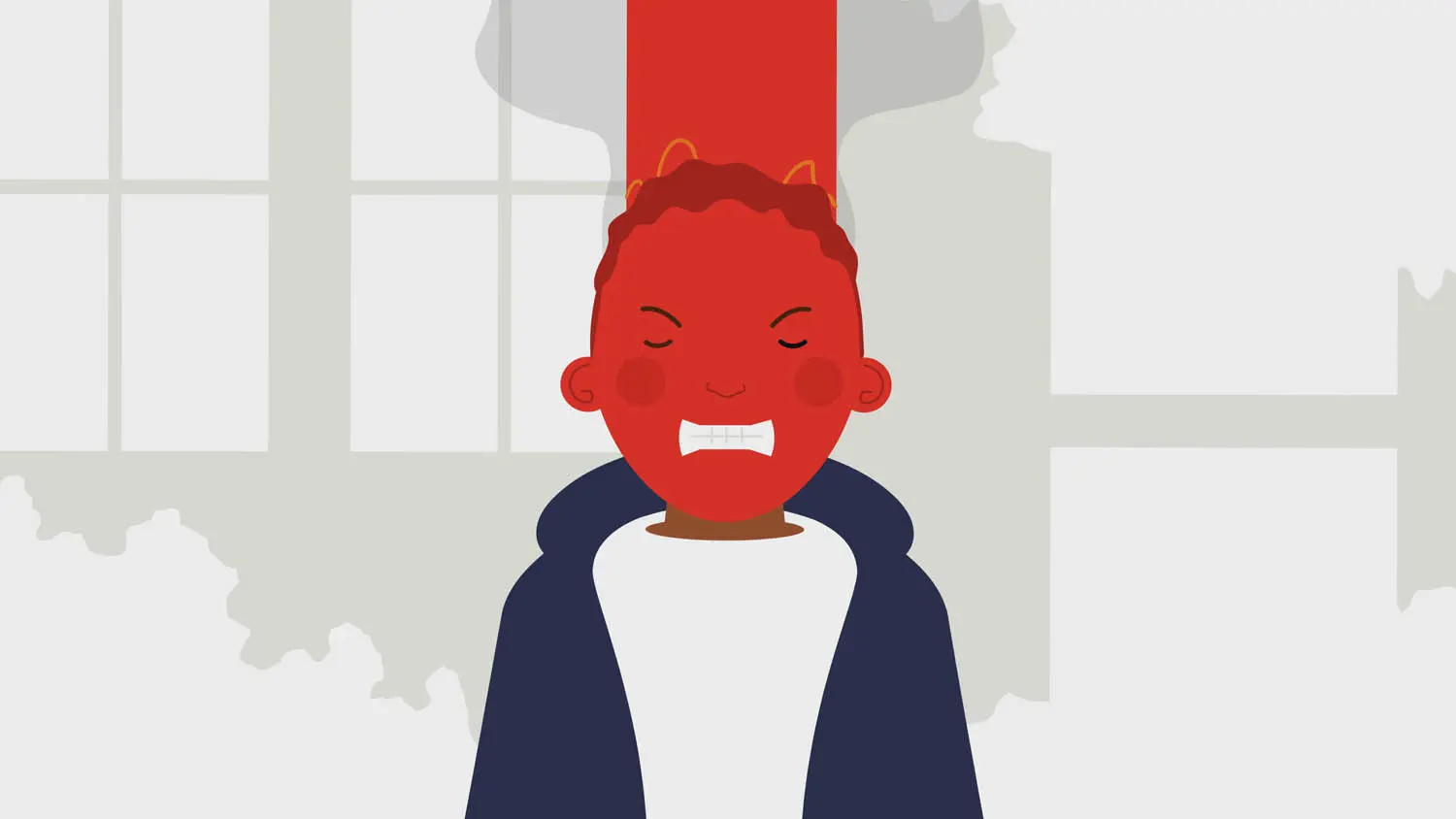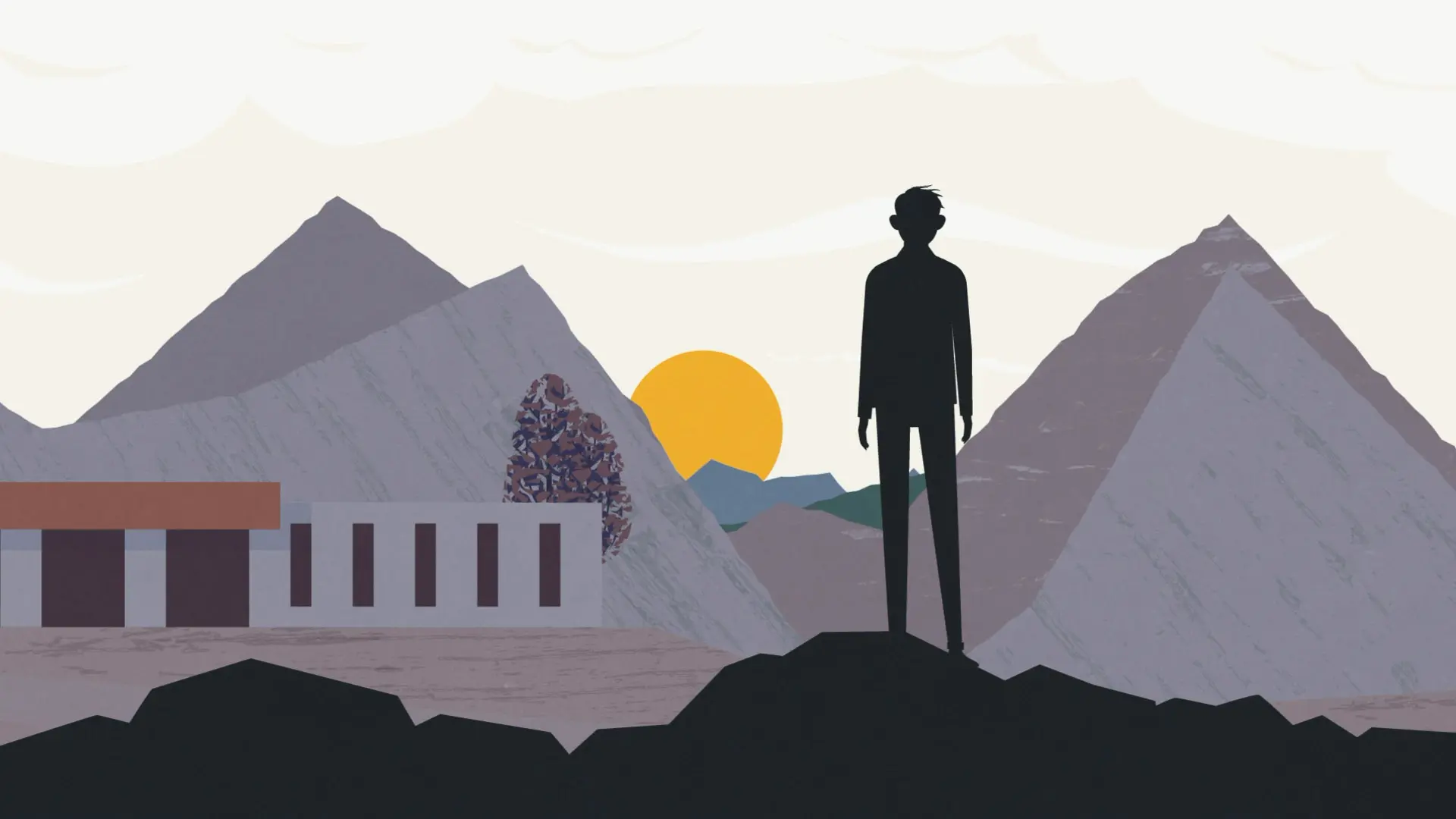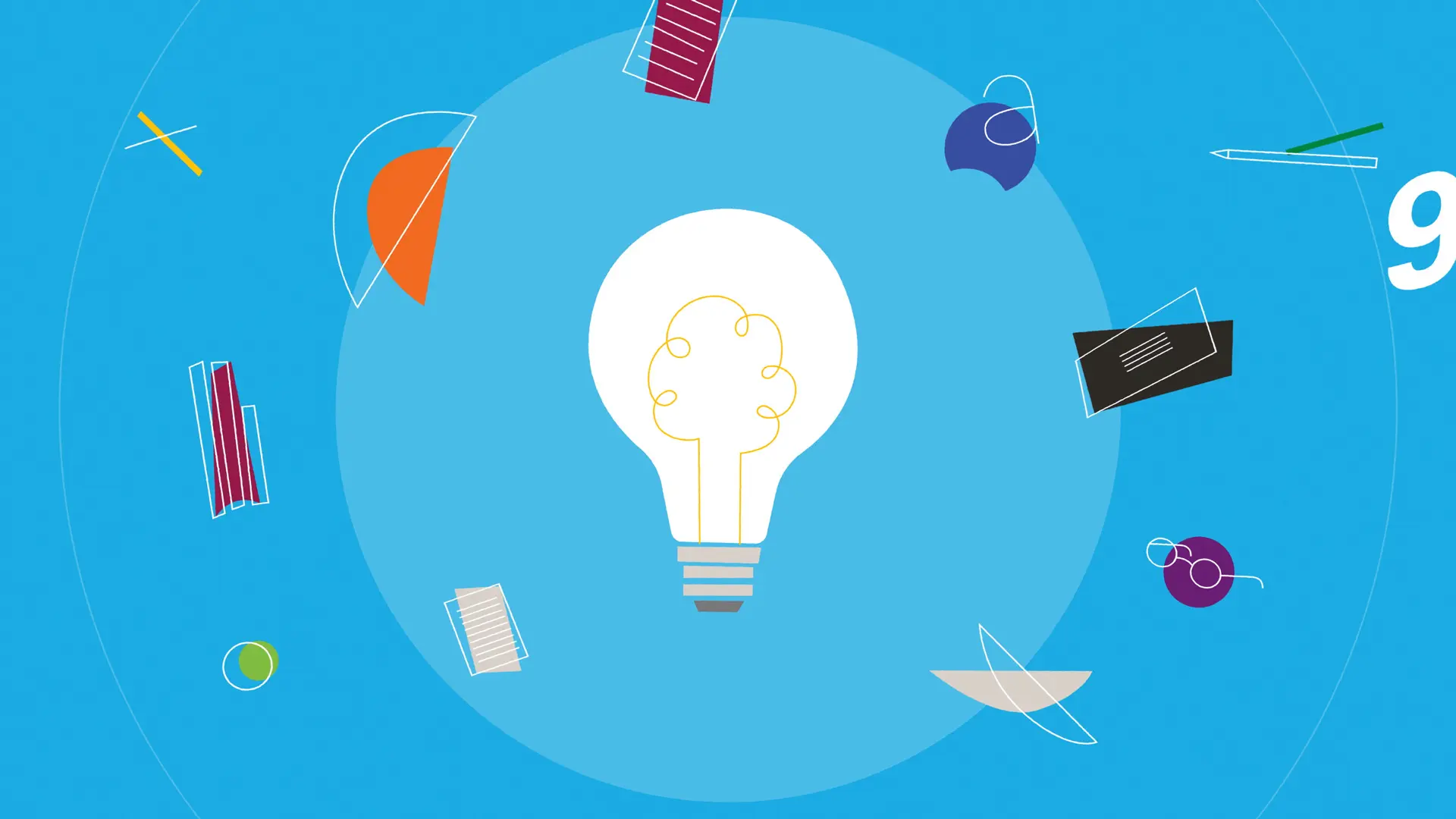5 reasons non-profits should be using animation
As a marketing or comms professional at a non-profit, you’ll likely have a range of stories to communicate to your audience. People living in extreme circumstances such as poverty, homelessness or war all have experiences that need to be shared. Still, sometimes it can be hard to show these narratives for budgetary, ethical or logistical reasons.
Animation can often be a solution to this. It’s a medium where you can control every element and ensure you’re telling the story you want. This is especially useful when addressing stories of people who have experienced domestic violence, discrimination or mental health issues.
Here are five reasons non-profits should be using animation:

Explaining past experience
To help your audience understand a problem, sharing the personal experience of something that happened in the past can be helpful.
You can’t go back in time to capture it, and reconstructing it with actors can feel awkward and fake. Animation is a way to show something that happened in the past in a respectful and considerate manner.
Our work with Integrity Action brings to life the story of a woman who got her community to put pressure on the local government to install water points in her village.

Showing emotion
It’s often hard to see what’s happening inside people’s minds, especially when discussing mental health. From the outside, people might look happy, but on the inside, they may be depressed, lonely or troubled with anxiety.
Animation allows us to bring these feelings to life, imagine hearts swirling around someone in love, the chaotic scribbles of panic or the blanket of darkness caused by sadness. Visual metaphors like these are a key part of creating an engaging animation.
In our work with Child Bereavement UK, we show how children experiencing grief can erupt like volcanoes if they bottle up their feelings.

Preserving anonymity
Sometimes it might be embarrassing, logistically difficult or even dangerous for someone to tell their story. Perhaps they’ve been the victim of an assault or are exposing corruption in their industry.
Animation can help by acting as a screen between the person telling their story and the audience.
Our work with the King’s Fund allowed employees to share their experience working in the NHS as an ethnic minority without revealing their identity. We were able to use their real voices but could hide their faces with the use of animated characters.

Going to the places you can’t
Many non-profit organisations worldwide may find it hard to show the scope of their work with video. Managing camera crews across multiple continents, sourcing locations and dealing with travel in remote environments can be prohibitively expensive and time-consuming. Other areas may not be safe to film in or even visit.
Animation allows non-profits to let people know what’s happening around the world by depicting any location you can imagine. Using a range of references, it’s possible to recreate the jungles of the Democratic Republic of Congo, the suburbs of North Korea or the heavily-bombed streets of Ukraine.
In our work with Integrity Action, we told the story of a child who took responsibility for ensuring teachers in his school turned up for work. This was shortly before the Taliban government in Afghanistan assumed control of the country. Filming in a place like this has risks for both crew and subjects. Animation permitted us to tell his story safely.

Explaining things clearly
Sometimes non-profits just need to explain something quickly and concisely.
A bit like gesturing with our hands when we talk, animation adds another layer to what we say. It reinforces the message and makes it easier to understand.
Unicef came to us wanting to explain a fairly complex project to a broader audience. By using animation, we could cover a lot of the details in a short time and give a clear overview of their strategy.
Work with us
Looking to create an animation for your next non-profit campaign? Talk to us: hello@jolt.studio
Stay in touch
Don't be a stranger. Join our mailing list for occasional updates. Sign up now